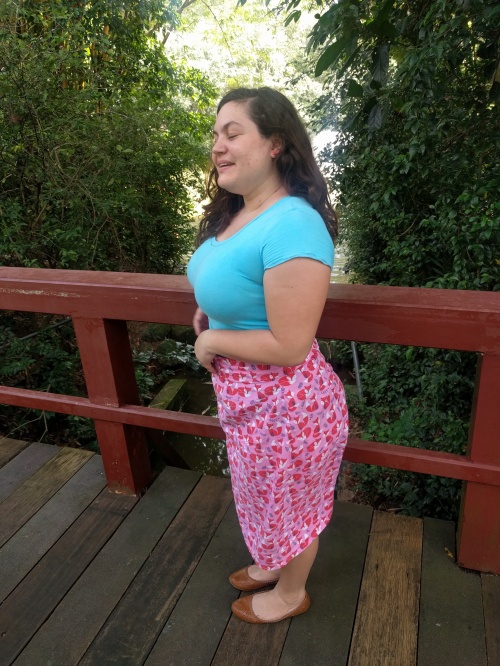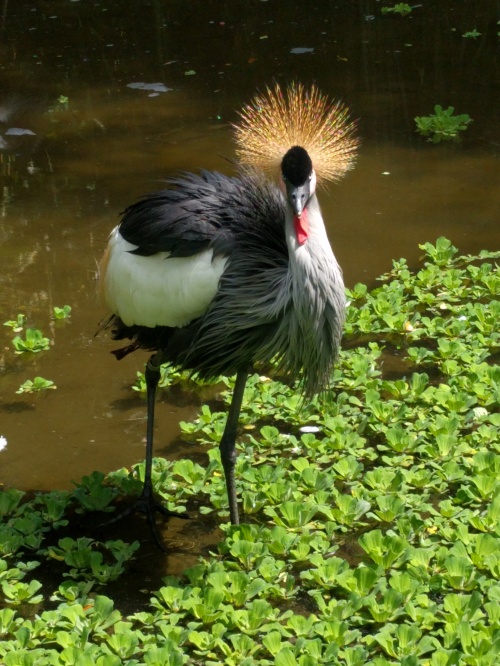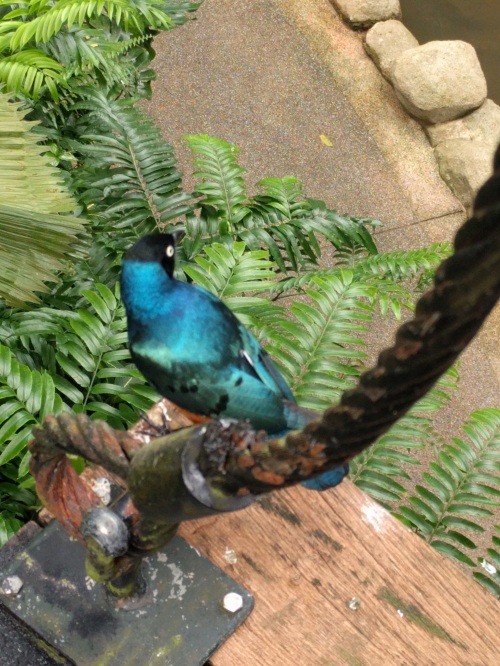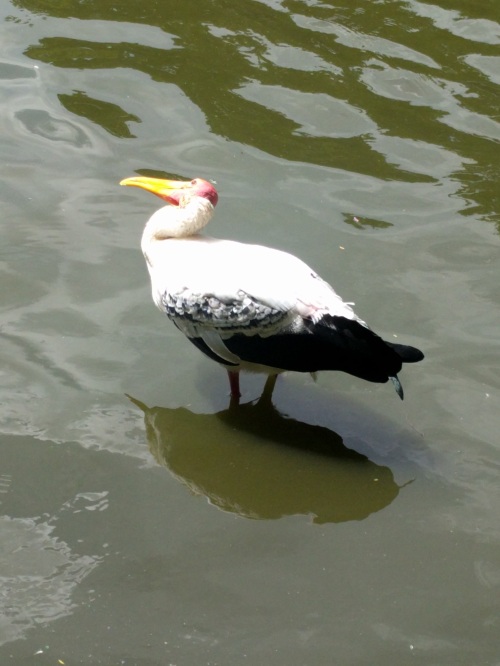While there are many who fear the other, I choose not to, and I am happy to be celebrating diversity, historic and current. I am of the opinion that cultural exchange leads to innovation and development, and if you feel otherwise, please go away. I am sure that if you’ve been reading this blog for any amount of time you probably knew that about me all ready, but just putting it out there into the universe. If, however, you like me are fascinated with cultural exchange and moments of intersection and the way they give birth to new things, specifically in the textile and clothing space, I think you will enjoy hearing about and seeing some of the objects from a current exhibit on Port Cities at the Asian Civilizations Museum in Singapore!
On my recent trip to Singapore, I had to break my normal Singapore rule. You see, there is nothing really to do in Singapore in my opinion. Now, of course, some people think there is a lot to do in Singapore, so I should really change that statement to there is nothing much for ME to do in Singapore, but semantics. Singapore is great, but I find it rather boring, and What’s-his-face and I realized that we need to ration our Singapore activities, because we visit the country frequently and given that I don’t think there is much to do, if we do it all at once, what will we do NEXT time? If we don’t limit ourselves to one museum a trip, we will be out of museums in no time! But we were with others, and we needed activities, so we had to break our rule and on this trip I saw the botanical gardens, the bird park, the National Museum and the Asian Civilizations Museum. Oy. I’m sorry, future Leah. I screw you a bit.
But at least the Asian Civilizations Museum has temporary exhibits, like this one exploring the many mixed communities of port cities in Southeast Asia. And given that this area is a textile-rich region, you just KNOW that mixture of people created a mixture of clothing styles and fabric options. Now we see people in all forms of dress in cities across the world, but historically ports would have been the only real places where costumes clashed consistently, and that is fascinating, in its fruitful ground for change and influence. Coming across this exhibit was a wonderful surprise because of the amount of textile within it, and I’m excited to share all that with you guys. The descriptions of Singapore itself through history, and cultures that arose in Batavia (now Jakarta, once the capital of the Dutch East Indies), Hong Kong, Malacca, and other ports, in clothing, was fantastic and fascinating. So even though we broke our rule, I gotta say, totally worth it…
So without further ado, to the photos!

On the left the traditional garments of Peranakans, the mixed community of Chinese-Malay traders and fisherman. In the center, Chinese traditional dress, and on the right, South-Indian lungi.

A kimono from the Japanese community in Singapore.

Indian/Malay worker garb on the left, next to European/American female dress in a light gauze for the tropical heat (although God knows those undergarments would cancel THAT out…)

On the right, Malay/Indonesian/Peranakan female dress with Portuguese lace and Chinese prints/embroidery. On the left, Gujurati cloth for an Indo-western sari.

European male suit next to a Parsi merchant’s garb.

Indian sari in the foreground, in the style adopted after the 1890’s with a blouse and petticoat underneath.
I love imagining a city of such vibrant and diverse clothing cultures, and therefore people cultures! I guess on some level Singapore is still like this, like London, New York, and other large and small cities of diverse groups. Spending time in Mumbai, where the clothing culture often feels homogenous in the extreme, I think I appreciate this mix on an even deeper level than I had before.
The exhibit also had some lovely examples of fabrics and their re-use in new clothing shapes. Like Indian chintz, so very popular in European clothing:

Which then became something like this:

I totally saw a woman looking at a similar fabric to create a kurta/trouser set in a fabric store in Bandra the other day. True story.
Of course, it wasn’t just Europeans who loved Indian chintz. Check out these Southeast jackets:


I’m sure people were like, sick kimono, bro. Right? That sounds like a normal 19th century thing to say.

A mix of Chinese imagery with Indonesian prints for this decorative hanging.
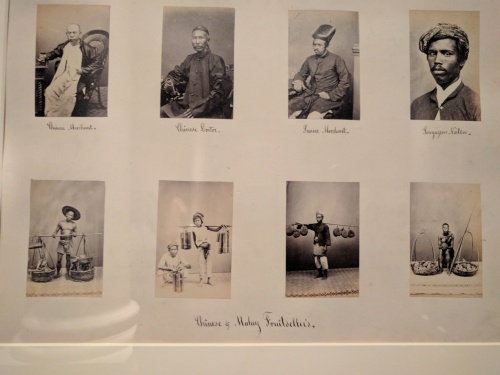
The many faces of labor and commerce in 19th Century Singapore.
If I think about it, a lot of my own clothing is a mix of Indian fabric with Western shapes, so many in some tiny way I am also a part of a cultural global fabric and costume exchange. Diversity in how people look and how they dress and what they do and act is, to me, the cornerstone of progress and human development. If you never see anyone around you who looks, acts, speaks, eats, or thinks differently than you do, you probably will think that the world is singular. But to my mind it is beautiful in its variety, and I love seeing that in an exhibit like this one. Doesn’t it make you want to go out and pick of a global assortment of fabrics for inspiration and creation? Make a batik ballgown, stitch up some Thai silk cigarette trousers, or try a gingham tunic or a pinstripe kimono! Let’s be a part of a global fashion movement that celebrates diversity as the very fabric of humanity. Onwards, friends! To the sewing machines!











